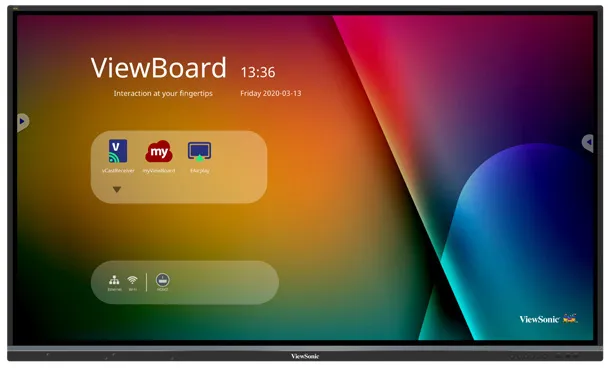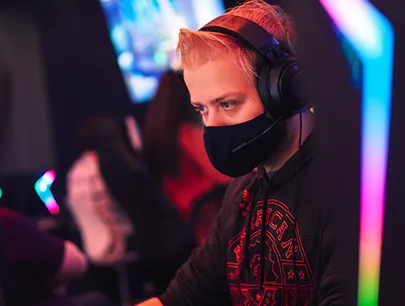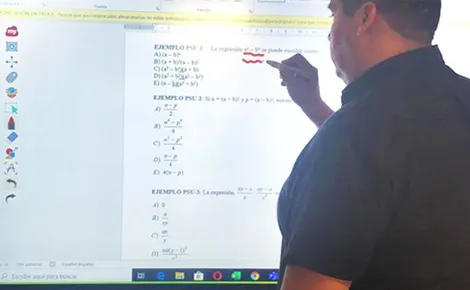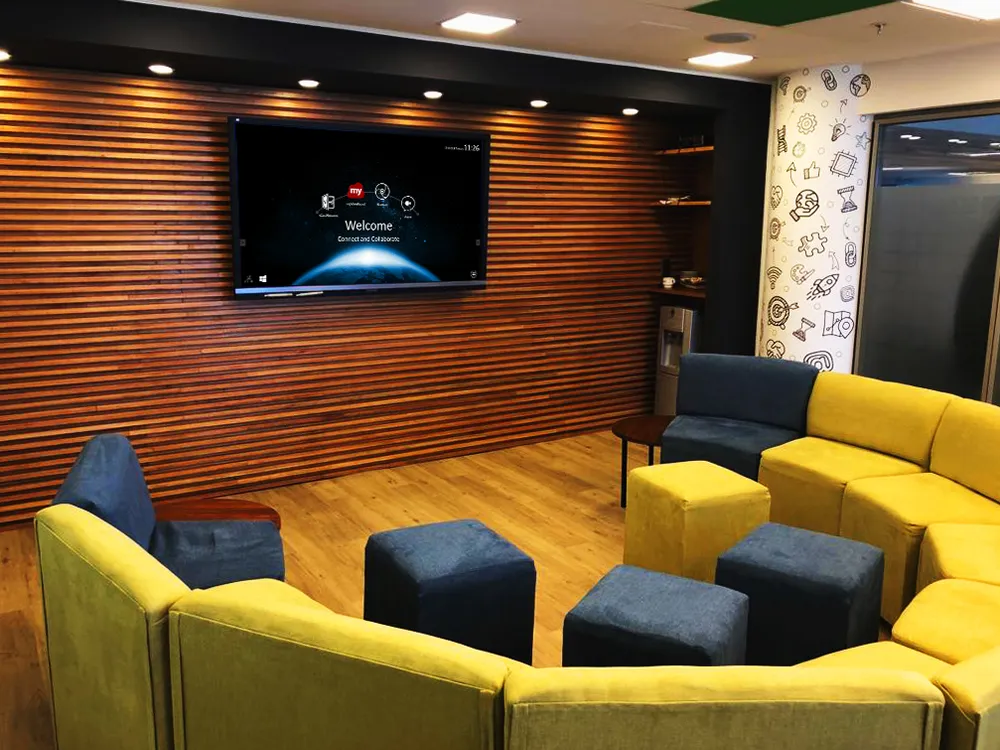Universidad Peruana de Ciencias Aplicadas (UPC) Finds Versatile Hybrid Education Solution in ViewSonic ViewBoard Interactive Displays
- Dec 1, 2022
CASE STUDY
Universidad Peruana de Ciencias Aplicadas (UPC) Finds Versatile Hybrid Education Solution in ViewSonic ViewBoard Interactive Displays
SCHOOL
Universidad Peruana de Ciencias Aplicadas (UPC) was founded in 1994 and has been a member of Laureate International Universities, the largest network of private universities in the world, since September 2004. UPC’s vision is to be at the forefront of higher education for its academic excellence and innovation. UPC currently has over 60,000 students, 58 undergraduate programs and more than 20 graduate programs across four campuses in Lima, Peru.


"We decided to use the ViewBoard interactive displays because they gave us the ease of connecting any type of device. It was also from one of the few brands that could provide the equipment quickly during the pandemic, coupled with our trust in ViewSonic and the relationship we had already built”
— SILVANA BALAREZO, UPC DIGITAL LEARNING EXPERIENCE MANAGER
THE CHALLENGE
Following the pandemic, UPC leaders wanted to foster a return to in-person education, without losing the technology literacy they had gained after two years of lockdown.
“We were looking for a technological proposal that would not be complex for teachers to use or distract them from their teaching process, and we wanted a technology that could be feasible over time to take advantage of all the lessons learned by teachers and students,” says Silvana Balarezo, Digital Learning Experience Manager at UPC.
UPC had already been using ViewSonic® ViewBoard® interactive displays in academic environments, creative rooms and a pilot student project which still continues today.


“We decided to use the ViewBoard interactive displays because they gave us the ease of connecting any type of device. It was also from one of the few brands that could provide the equipment quickly during the pandemic, coupled with our trust in ViewSonic and the relationship we had already built,” Balarezo said.
One of UPC’s main objectives was that students benefit from any education mode. If a student attended face-to-face lessons, they should feel that it was worth coming to the campus, and an online student should feel as if they were inside the classroom sharing the same experience as their classmates, with no need to come to the physical classroom.
This is the reason why UPC adopted the Hyflex concept in which hybrid classrooms are designed to function as physical, 100% remote or both, without affecting education quality or the learning experience in thanks to the equipment used.
“Our mission was to make professors feel comfortable in the classroom. We didn’t want them to feel that they were in a recording studio,” said Balarezo. “The classroom needed to have the technological tools to motivate learning and support collaborative activities between face-to-face and online students.”
THE SOLUTION
ViewSonic set up 72 classrooms with ViewBoard IFP8650 86” Ultra HD 4K displays, along with VPC25-W33-P1 slot-in PCs with Windows 10 Pro, and Viewboard Cast™ software for Windows licenses. This setup allowed students and teachers to make wireless presentations from any of their devices to the displays using a licensed application.
In addition, UPC added wireless physical classroom microphones for teachers and students, a pro camera for streaming and a secondary display so that the teacher can view and manage remote students. This very successful layout was designed after taking into account UPC’s previous experiences with online and hybrid classrooms.
“We should highlight that the ViewSonic slot-in PCs, which are installed on the back of the ViewBoard display, deliver computing power without the traditional wiring required to connect a PC,” said Balarezo. “This provides a user-friendly environment for professors to manage the display, the online sessions, and the use of online classrooms and videoconferences.”
In addition, a teacher certification process was implemented for the ViewBoard displays. UPC currently has 200 certified professors and 800 teachers undergoing the certification process.


“Our professors were initially apprehensive because of what we had experienced during the pandemic, but once classes started, students also accepted the new education mode. Today, faculty members encourage diversified student interaction in the classroom, including online and face-to-face student groups and work, in addition to promoting autonomous learning,” said Balarezo.
THE RESULTS
Students highly value the possibility of choosing between face-to-face or online learning, with the same advantages and benefits in either learning mode.
Professors value the convenience and agility with which they work using the ViewBoard interactive displays, including the myViewBoard® Whiteboard software for highlighting and creating content, which helps to provide better presentations.
“Having a group of face-to-face and online students provides a lot of flexibility to interact. It is essential for the development of autonomous learning and also for students to feel engaged and identify with the university,” said Elías Neira, Education History and Philosophy Professor at UPC.
Related Items






myViewBoard Suite
Full software suite includes secure cloud storage, multiple presentation options, digital whiteboarding and more.






































Login and Registration Form